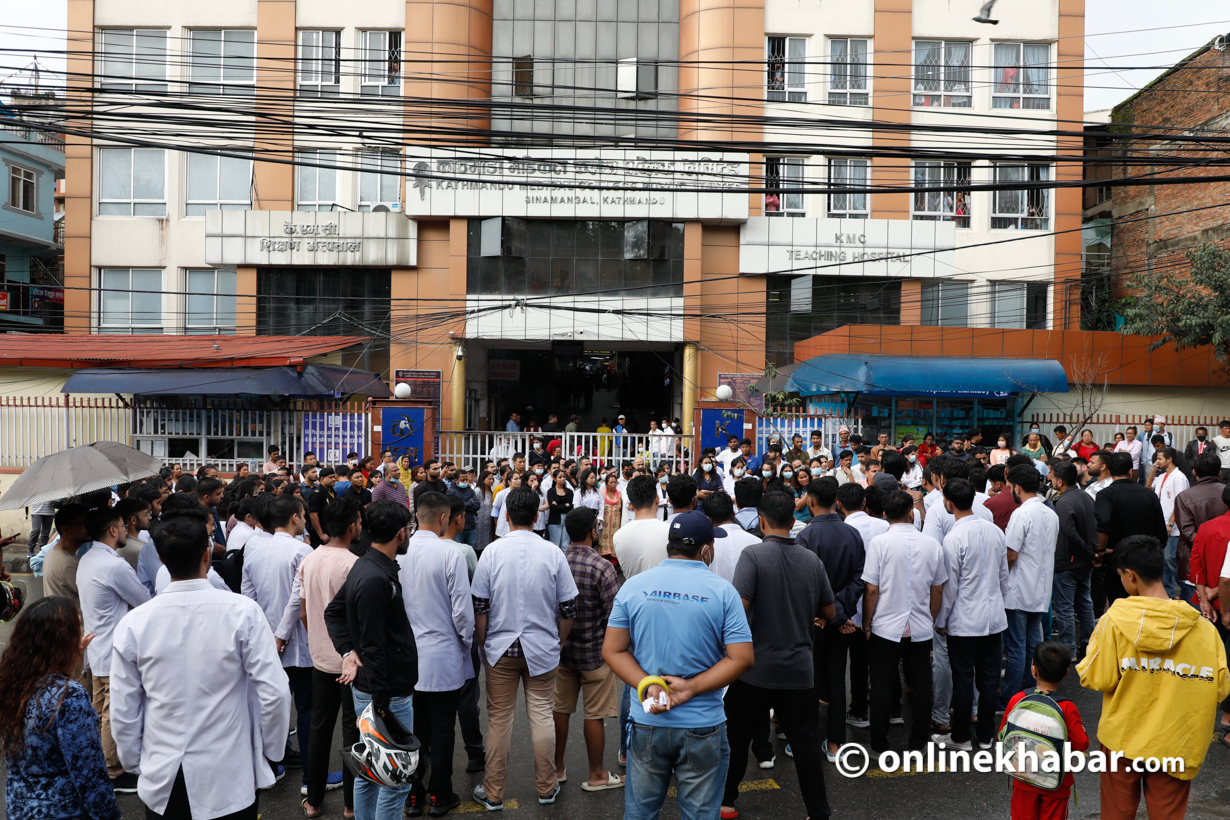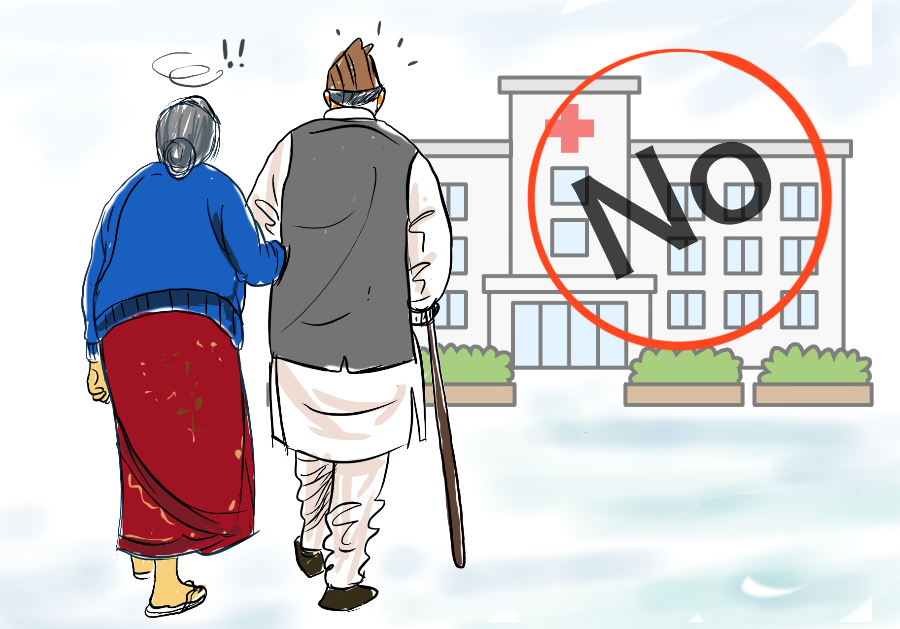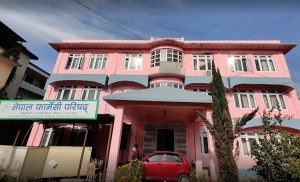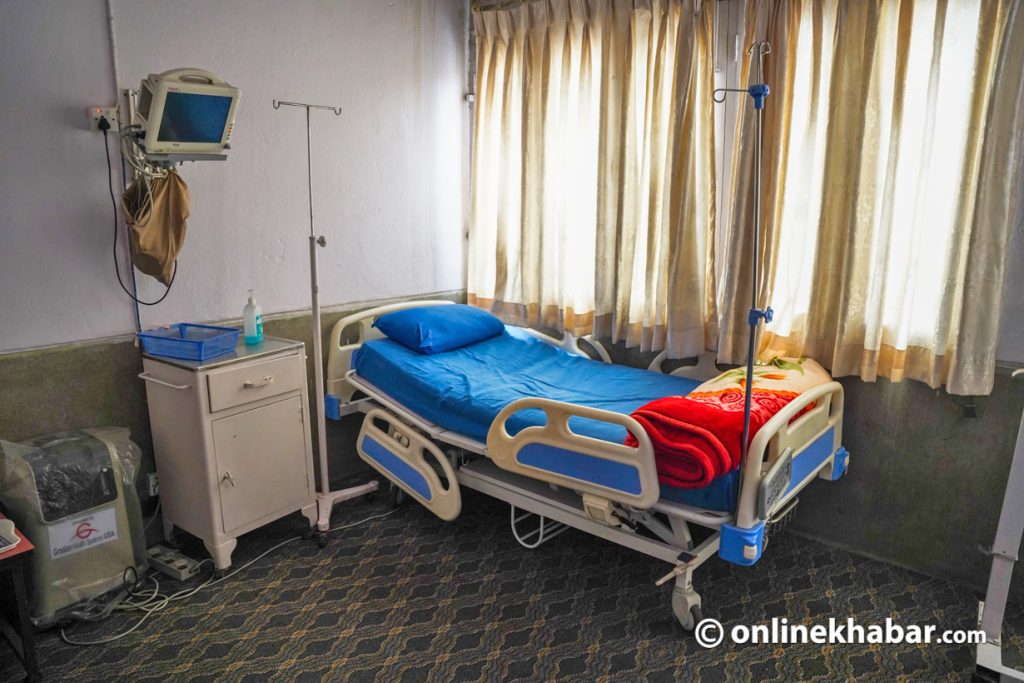
During the presentation of the annual budget plan for the upcoming fiscal year 2023/24, Finance Minister Prakash Sharan Mahat outlined a list of allocations designated for the health sector. In it, he emphasised the construction and operation of primary health centres in accessible locations to ensure widespread access to healthcare services. As per the speech, Rs 8 billion has been allocated for the construction of five, 10, and 15-bed health centres at 322 local levels.
A designated amount of Rs 820 million has been allocated from the overall budget for the procurement of equipment for 100 hospitals. However, during his address, Mahat failed to mention anything regarding the allocation or plans for acquiring skilled human resources required to effectively operate the newly established health centres.
According to data from the Ministry of Health and Population, 21 primary health centres are in the final stages of construction. Ministry officials assert that the construction of the remaining hospitals out of the 100 will be completed once the necessary budget is secured.
Medical experts sidelined

The ministry estimates that the construction of primary health centres in the next fiscal year alone will require Rs 15 billion. However, the government has only allocated Rs 8 billion, falling way behind the needed amount. Senior officials of the ministry express concerns over the absence of provisions in the budget for human resources, raising doubts about the effective operation of the hospitals.
Krishna Prasad Paudel, the head of the Policy Planning and Monitoring Division within the Ministry of Health and Population, acknowledges the absence of clear information regarding resource availability for effectively managing the skilled human resources required to operate the 100 primary health centres.
“There is confusion about who will be responsible for managing human resources. Even if the Health Ministry is expected to provide skilled human resources, there has been no preparation in that regard,” says Paudel.
Nepal’s constitution gives every citizen the right to receive primary healthcare at no cost.
In accordance with the constitution, every citizen possesses the right to receive primary health services at no cost. To uphold this right, the proposal to establish a primary health centre at each local level and a primary health centre in every ward was presented.
Despite former Prime Minister KP Sharma Oli laying the foundation stone for 309 health centres on November 30, 2020, no efforts have been made to address the crucial task of managing the skilled human resources required to operate these health centres.
Dr Kiran Raj Pandey, a researcher and expert on health services, also highlights that the government did not prioritise skilled human resources management while making plans. He further points out that simply adding medical equipment and infrastructure like ventilators, CT scan machines, and beds is not sufficient for effective service delivery as the country does not have enough skilled human resources to operate these machines.
Pandey emphasises the government needs to encourage health workers and create an environment that motivates them to provide quality health services by offering adequate salaries or allowances.
Read also: Lack of superspecialist doctors threatens the future of Nepal’s health sector
Low budget, weak planning
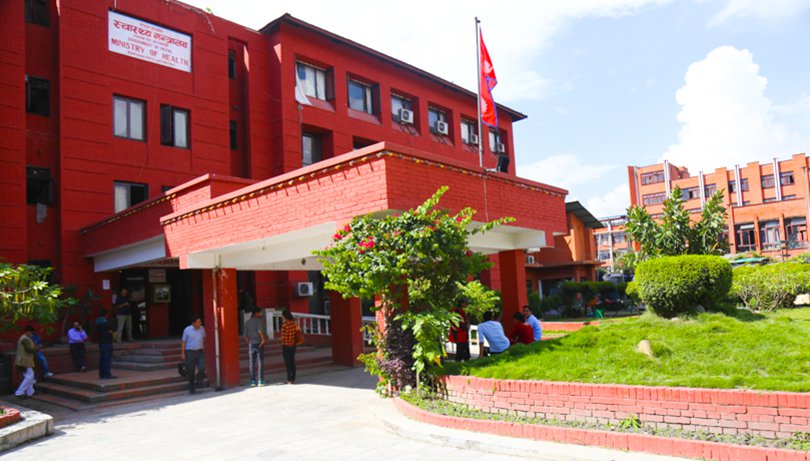
The Ministry of Health and Population has also prepared a preliminary proposal regarding the skilled human resources and equipment for primary health centres with five, 10 and 15-bed hospitals at the local level.
According to the proposal, a 15-bed primary health centre will have 30 employees, including one MDGP doctor (doctor of medicine in general practice), a medical superintendent, two medical officers, six staff nurses, four health assistants, laboratory technicians, radiographers, dental hygienists, and pharmacy assistants.
For a 10-bed primary health centre, the proposal suggests having 22 employees, including two medical officers and three health assistants. And for a five-bed primary health centre, the proposal recommends 18 employees, including a medical officer.
The government plans to offer a comprehensive range of primary health services through primary health centres, including outpatient care, gynaecology, paediatrics, general surgery, 24-hour emergency services, and laboratory services given there are sufficient skilled human resources, health equipment and infrastructure.
However, the budget does not address the issue of skilled human resources management. Ministry officials have stated that the current positions are still vacant, and it will be more difficult to hire additional staff. The health budget for the next fiscal year 2023/24 has decreased by Rs 20 billion compared to the current fiscal year, making it more difficult.
For the next fiscal year, the government has allocated Rs 83.99 billion for all three tiers of government working in the health sector. In contrast, the current fiscal year saw a health budget allocation of Rs 1.3 trillion for all three levels.
Read also: Medical equipment gathers dust across Nepal hospitals as there aren’t enough people to operate them
Additionally, the government has announced that it will not create new positions through the budget. Gunanidhi Sharma from the Policy, Planning, and Monitoring Division reiterates that with the current budget, it is not possible to accommodate additional skilled human resources for primary health centres.
There are concerns raised by various experts and professionals regarding the management of necessary skilled human resources for operating primary health centres at the local level. While some local levels may be able to manage the resources, the majority of them may face challenges in doing so, according to Paudel.
Read also: Doctors’ reluctance to serve remote Nepal amid low pay aggravates public health crisis
Dr Lochan Karki, former president of the Nepal Medical Association, also criticises the health budget for primarily focusing on physical infrastructure and equipment while neglecting the management of human resources, which is one of the three pillars of health. He states that the shortage of skilled human resources poses a problem in delivering quality healthcare services.
Although the government mentions in its policy and programmes that all primary health centres will have three doctors, including an MDGP doctor and a gynaecologist, Dr Karki argues that the government should immediately increase the number of seats available for studying MDGP since the production of MDGP doctors is low.
Dr Sharad Onta, a public health expert, raises doubts about the implementation of the concept of keeping MDGP doctors and gynaecologists in primary health centres. He argues that although the concept may not be wrong, there is no foundation for its implementation when considering the services provided by existing hospitals.
“If it is already challenging to retain health workers for various services in existing hospitals, what would be the basis of recruiting the new staff, in new hospitals?” he questions.
Health expert Pandey emphasises the need to expand the health sector beyond treatment and prioritise preventive programmes too. He believes that quality services can be provided by delivering primary and preventive healthcare services at the grassroots level, raising health awareness about healthy lifestyles and eating habits, and managing therapeutic services at the ward level under the guidance of a medical officer.
Pandey asserts that building hospitals alone is not a solution for non-communicable diseases; health workers need to reach door-to-door and provide services.
This story was translated from the original Nepali version and edited for clarity and length.





